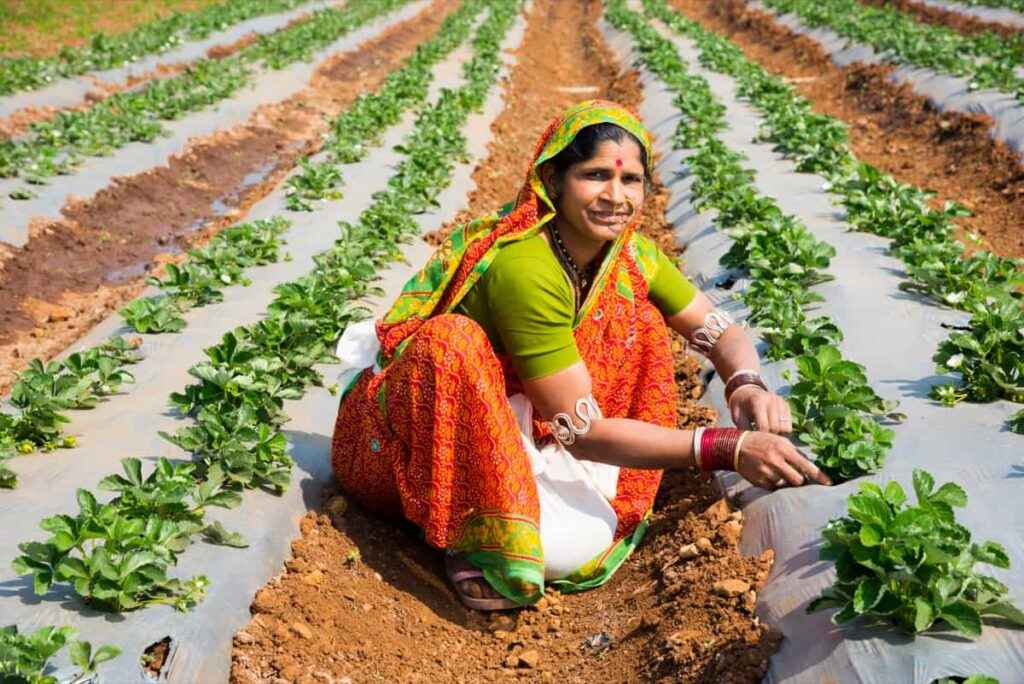Agricultural Subsidy Schemes
The framework of agricultural Subsidy Schemes in India has seen notable transformations in recent years. By 2025, the periodic evaluation of these subsidy programs has become crucial to balance social equity and economic growth. The Public Distribution System (PDS) continues to serve as a vital channel for delivering subsidized food grains to economically disadvantaged groups. However, the share of subsidies for agriculture and fertilizers in relation to the Gross Domestic Product (GDP) has been decreasing. This trend is shaped by factors like post-pandemic recovery and the global economic repercussions of the Russia-Ukraine conflict.
Current Trends in Subsidies
Subsidies for food grains and fertilizers remain indispensable in sustaining India’s agricultural sector. However, economic adjustments have prompted discussions on revising subsidy values. While reductions in subsidies aim to ease the fiscal load on taxpayers, they also raise concerns about their impact on marginalized communities that rely heavily on these benefits.
Major Agricultural Subsidy Schemes
- Seeds and Planting Materials
- The Sub-Mission on Seeds & Planting Materials (SMSP) seeks to improve access to high-quality seeds. By offering financial support for certified seeds, this initiative promotes self-reliance and boosts crop productivity.
- Agricultural Mechanization
- Under the Sub-Mission on Agricultural Mechanization (SMAM), efforts are made to increase mechanization among small and marginal farmers. The scheme supports the establishment of Custom Hiring Centers and organizes awareness programs through demonstrations.
- Irrigation Development
- The Pradhan Mantri Krishi Sinchai Yojana (PMKSY) emphasizes efficient water use. Its “Per Drop More Crop” component promotes micro-irrigation techniques, ensuring optimal utilization of water resources.
- Agricultural Marketing Infrastructure
- The Agricultural Marketing Infrastructure (AMI) program focuses on building storage facilities to minimize post-harvest losses. It also aims to enhance farmers’ access to markets, ensuring better returns for their produce.
- Fertilizer Subsidy
- To maintain affordability, the government provides urea at a fixed Maximum Retail Price (MRP). The Nutrient Based Subsidy (NBS) Policy regulates the pricing of phosphatic and potassic fertilizers based on their nutrient content, benefiting farmers nationwide.
Implications for Farmers and Taxpayers
The fluctuating subsidy landscape has significant consequences for both farmers and taxpayers. For small and marginal farmers, reduced subsidies could hinder agricultural productivity and lower incomes. Conversely, higher subsidies may strain the national budget, increasing the tax burden on citizens.
Future Outlook for Subsidy Programs
The government recognizes the need for ongoing evaluation and reform of subsidy programs to maximize their effectiveness. The objective is to adapt these schemes to evolving economic conditions, ensuring targeted support for those in need while maintaining fiscal discipline.




